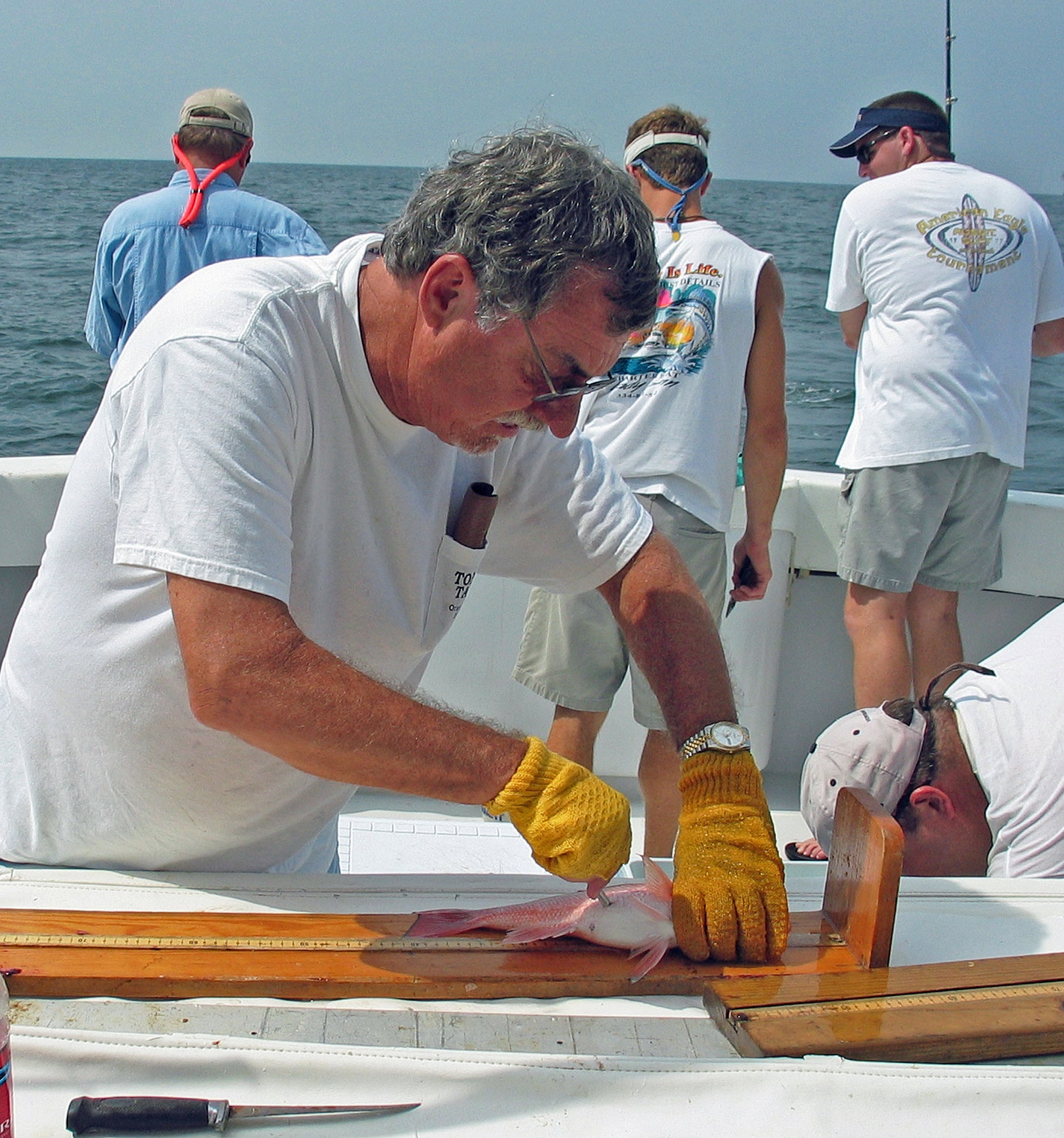By DAVID RAINER, Alabama Department of Conservation and Natural Resources
One casualty from the recent partial federal government shutdown surfaced last week when the Gulf of Mexico Fishery Management Council met at the Perdido Beach Resort in Orange Beach, Ala.
Because of the shutdown, the Gulf Council was unable to publish a notice in the Federal Register on a pending vote on Amendment 50, the state management of red snapper. The Council voted to call a special meeting for February to vote on the measure, but that effort was canceled because of logistics problems.
The Council will vote on Amendment 50 at the next regular Council meeting scheduled the first week of April at Biloxi, Miss.
In the meantime, Alabama set its 2019 red snapper season, which is operating under the final year of an Exempted Fishing Permit (EFP).
The 2019 Alabama red snapper fishing season for anglers fishing from a private vessel or state-licensed guide boat will be three-day weekends (Friday-Sunday) from June 1 through July 28, 2019, including Thursday, July 4. Except for the opening weekend, which begins on a Saturday, weekends are defined as 12:01 a.m. Friday through 11:59 p.m. Sunday. This does not apply to for-hire (charter) boats with federal reef fishing permits. Charter boats will operate under federal regulations in 2019.
Alabama Marine Resources Division Director Scott Bannon said a vote on Amendment 50 at the April meeting should provide enough time to get the rules changed for the 2020 season.
“We should we able to get it done, but we don’t need any more delays,” Bannon said.
Amendment 50 shifts red snapper management to the states and allots each state a share of the red snapper quota. The preferred alternative will give Alabama a 26.49-percent share, while Florida’s share is a little more than 44 percent.
The 2018 and 2019 snapper seasons in the Gulf are operating under an Exempted Fishing Permit (EFP) that allows the states to set the snapper seasons under the catch limits. Last year, a 3.78-percent share of the quota was left after the pie had been divvied up. NOAA Fisheries (National Marine Fisheries Service or NMFS) gave Florida that 3.78 percent last year.
That 3.78 percent will be split between Florida and Alabama in the preferred alternative for Amendment 50.
“The eastern Gulf is where most of the harvest of red snapper is occurring,” Bannon said. “That is why we think that percentage should be split.”
Bannon said currently there are no plans to include for-hire (charter) boats in any of the state management plans.
Bannon expects Amendment 50 to pass in some form at the April meeting.
“Right now, I’m confident we will have a state-managed season for 2020,” Bannon said. “Allocation was the biggest concern with the options available. I think we will pass it at the next meeting.”
During the 2018 snapper season, the first under the EFP, Alabama set an optimistic private recreational season of 47 days, mostly on three-day weekends.
However, a renewed enthusiasm for snapper fishing and excellent weather conditions forced Marine Resources to shut down the season after 28 days.
“We will again be evaluating the season as it goes along through Snapper Check,” Bannon said. “We have the option to add days if we feel it’s appropriate, based on the harvest rate.”
Of course, that harvest rate will likely be weather-dependent.
“The weather last year was almost ideal throughout the entire red snapper season, and I think that contributed to the increased harvest rates,” Bannon said.
Plus, Alabama’s unparalleled artificial reef zone provides easy access to anglers who want to catch a limit of two red snapper with a minimum length of 16 inches.








